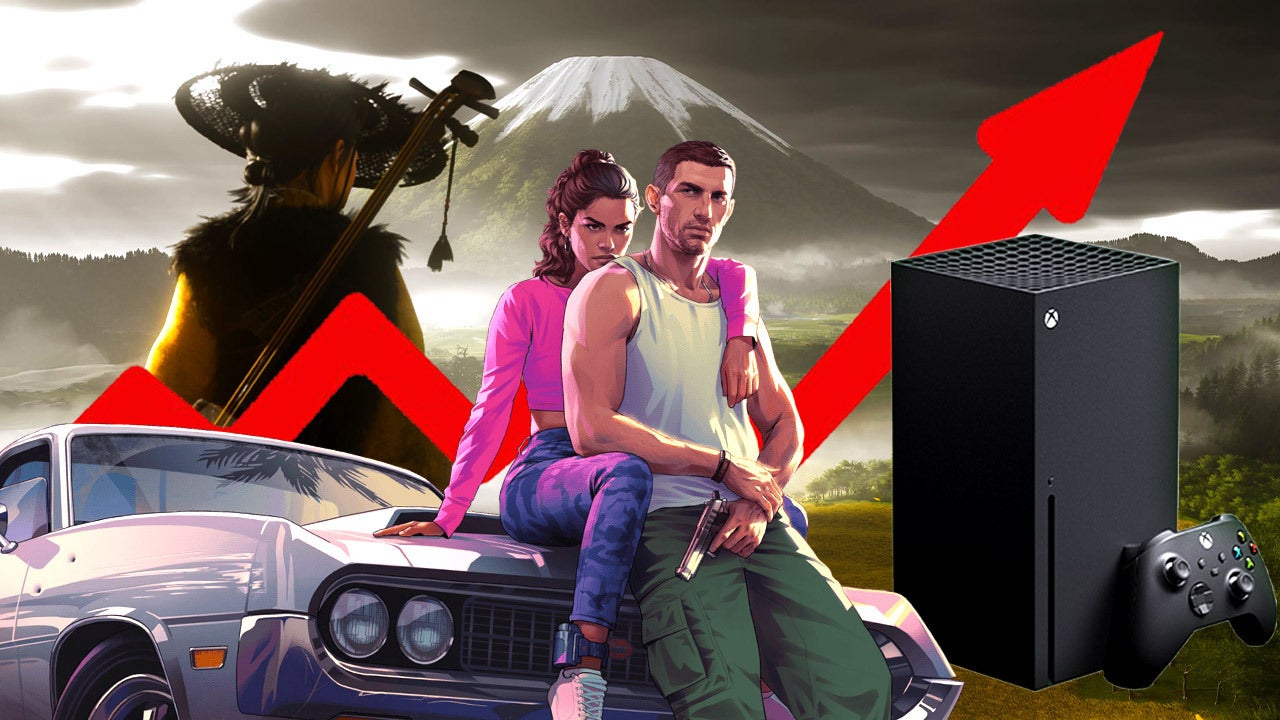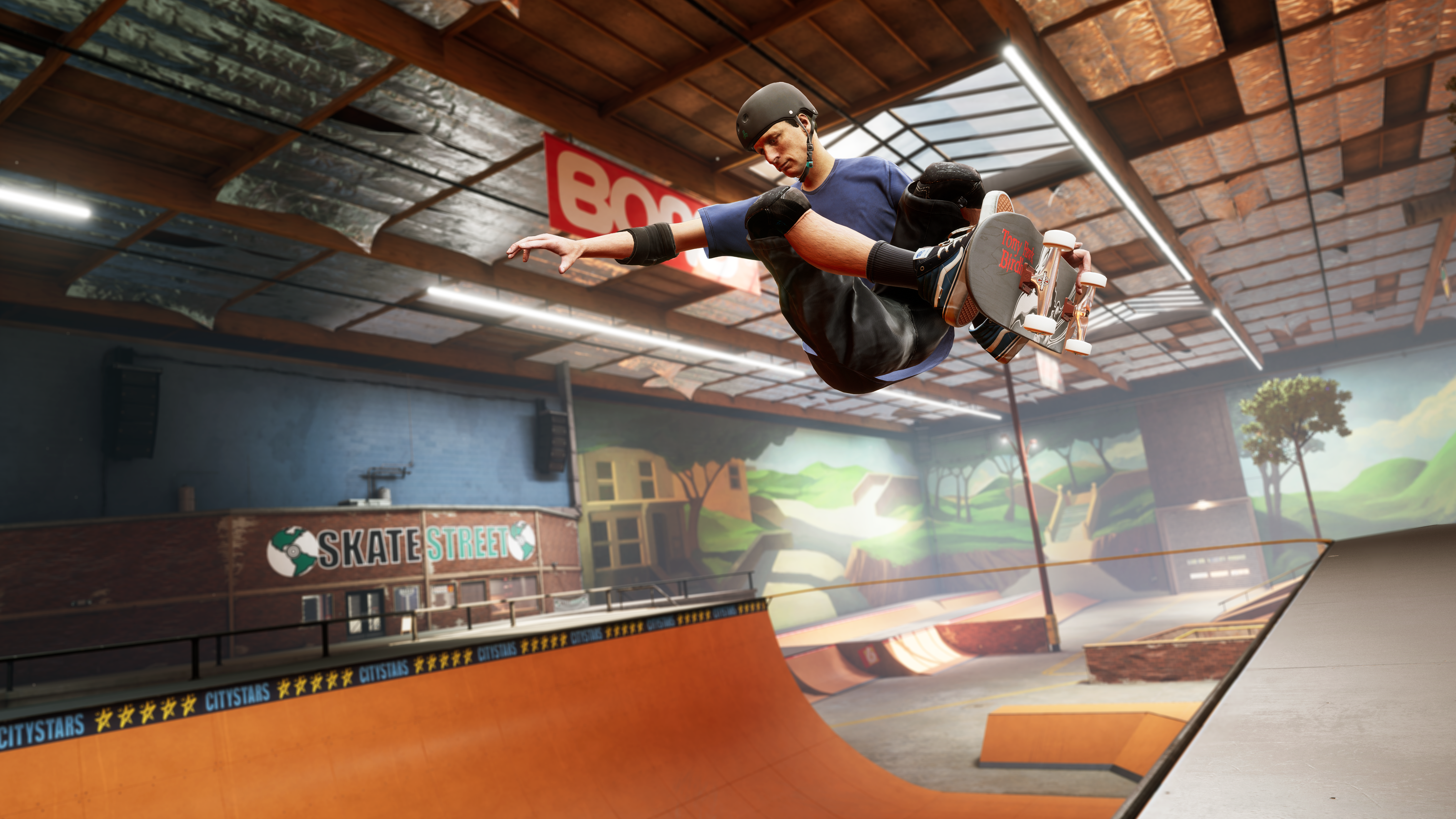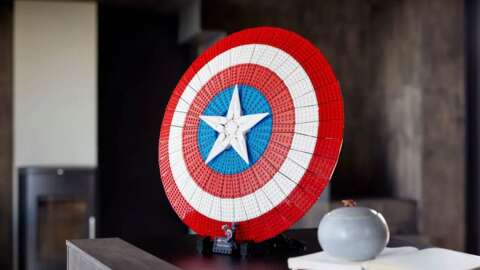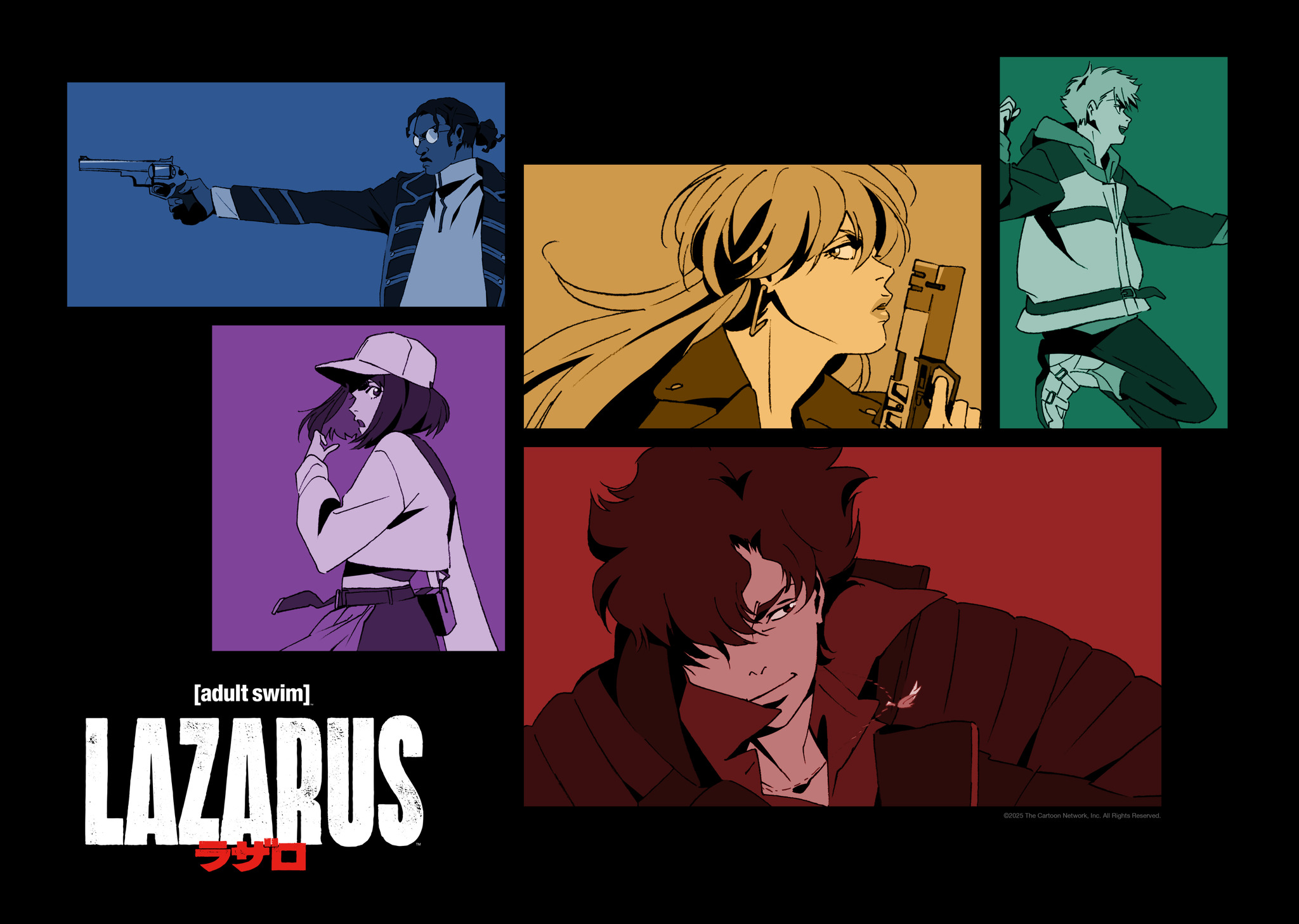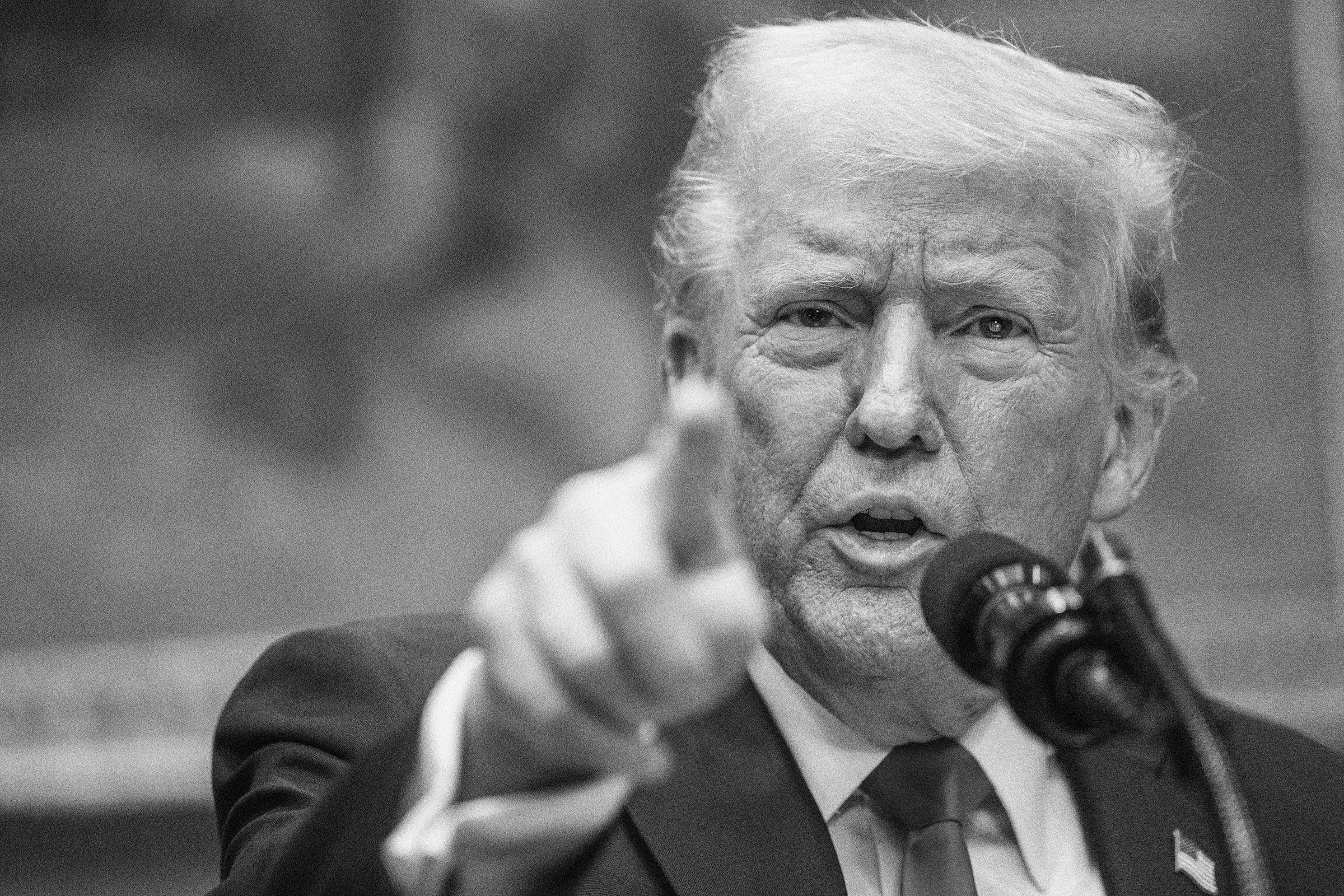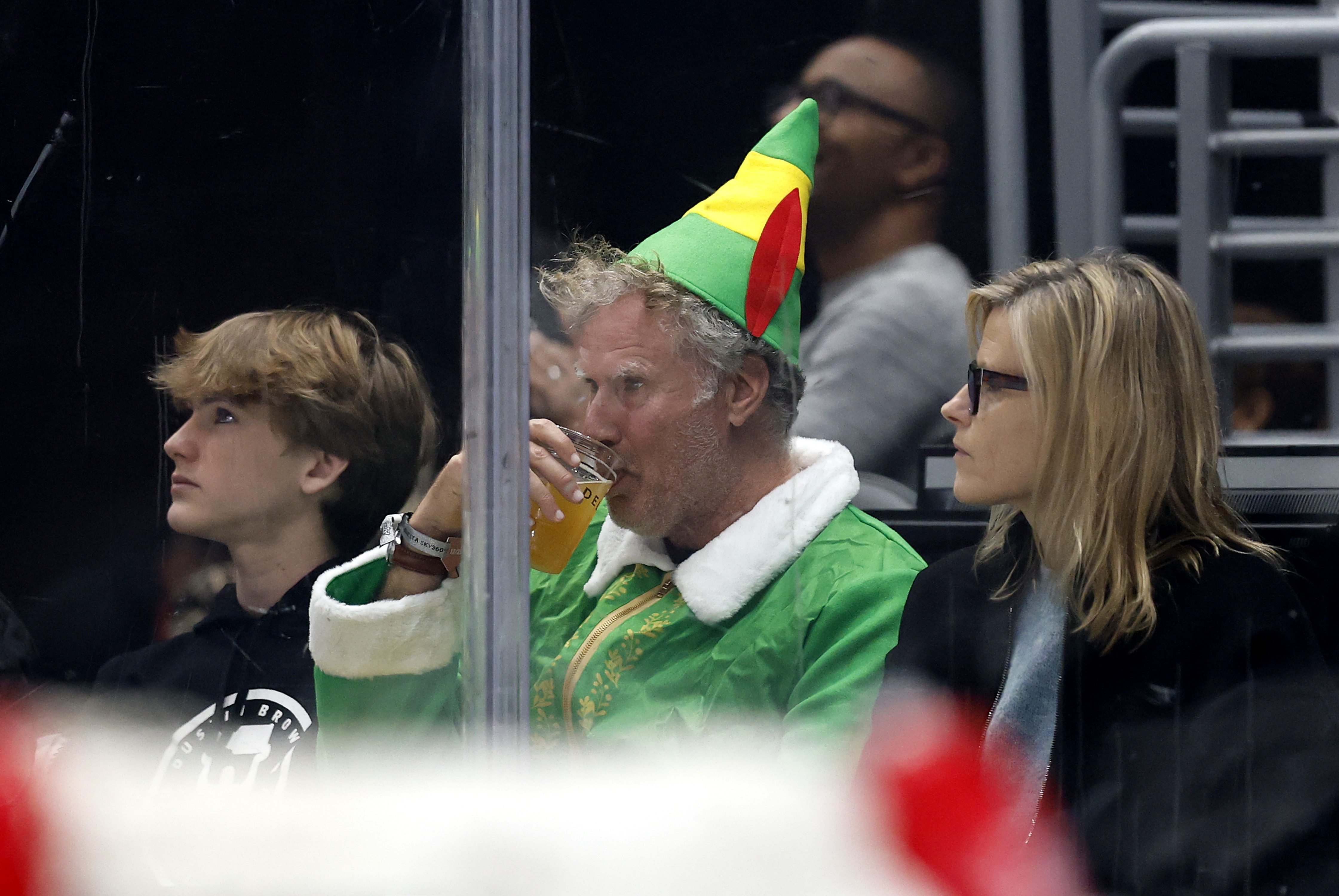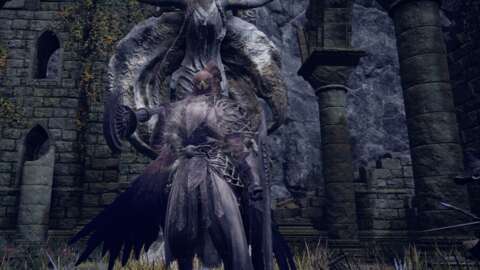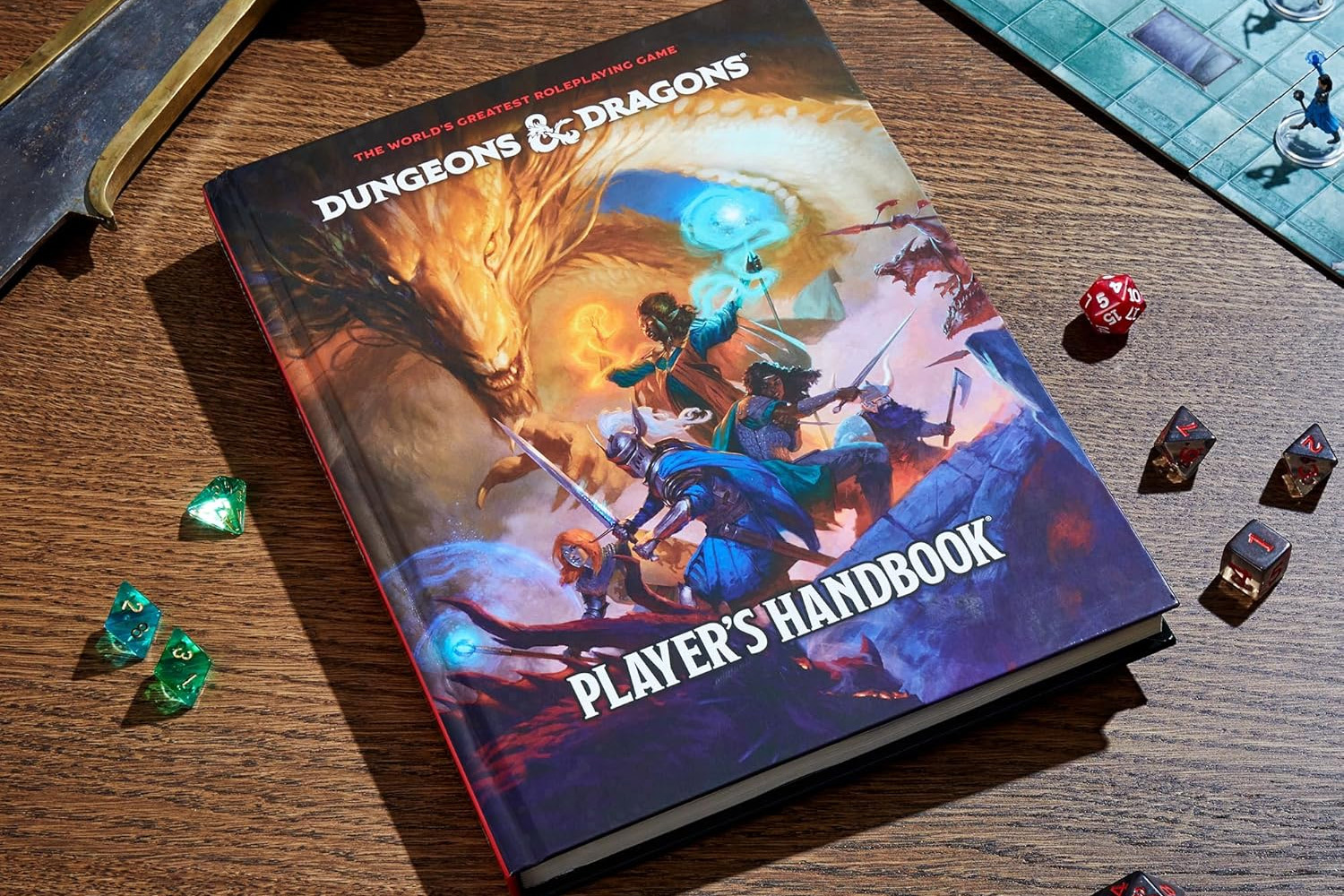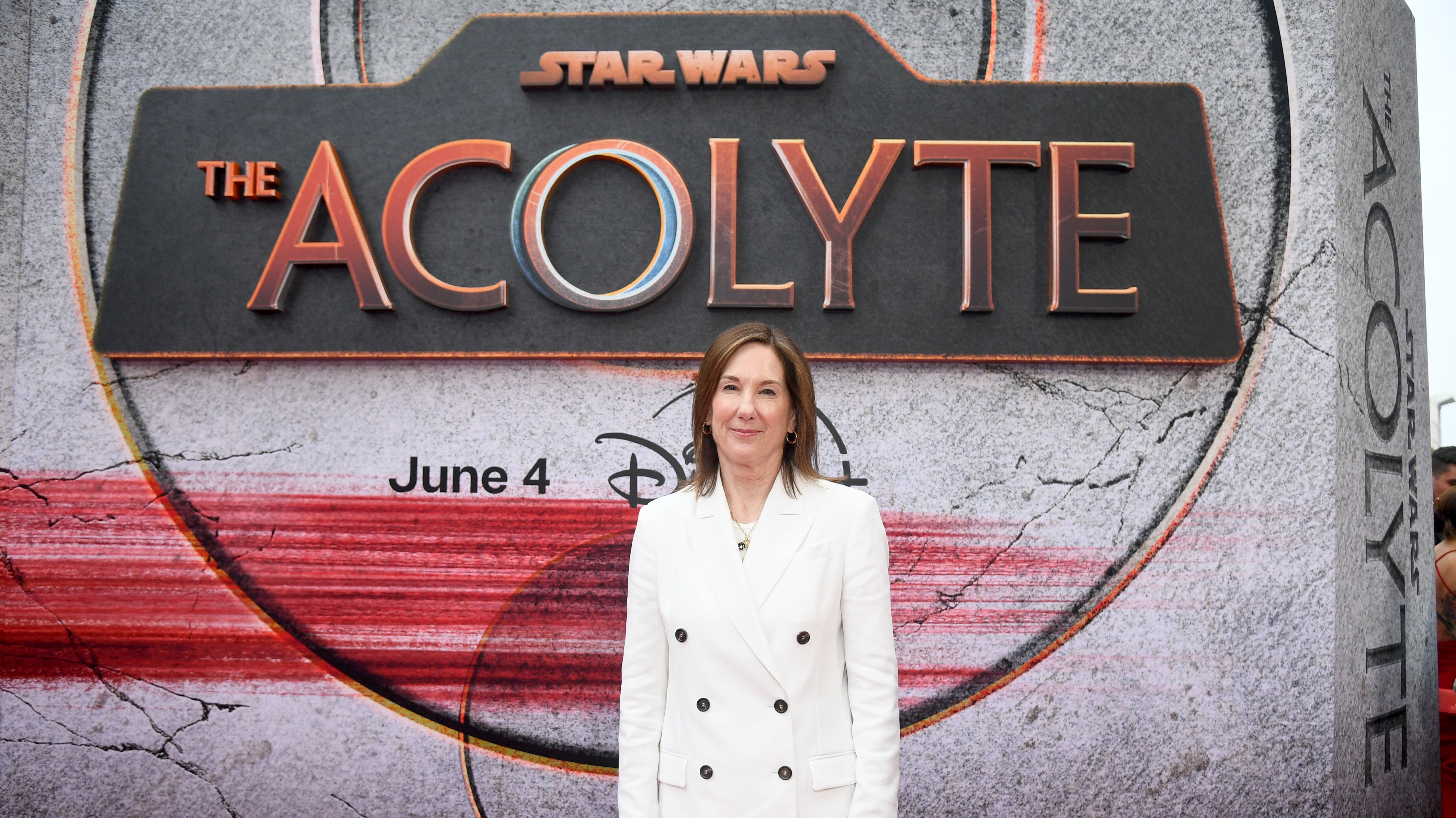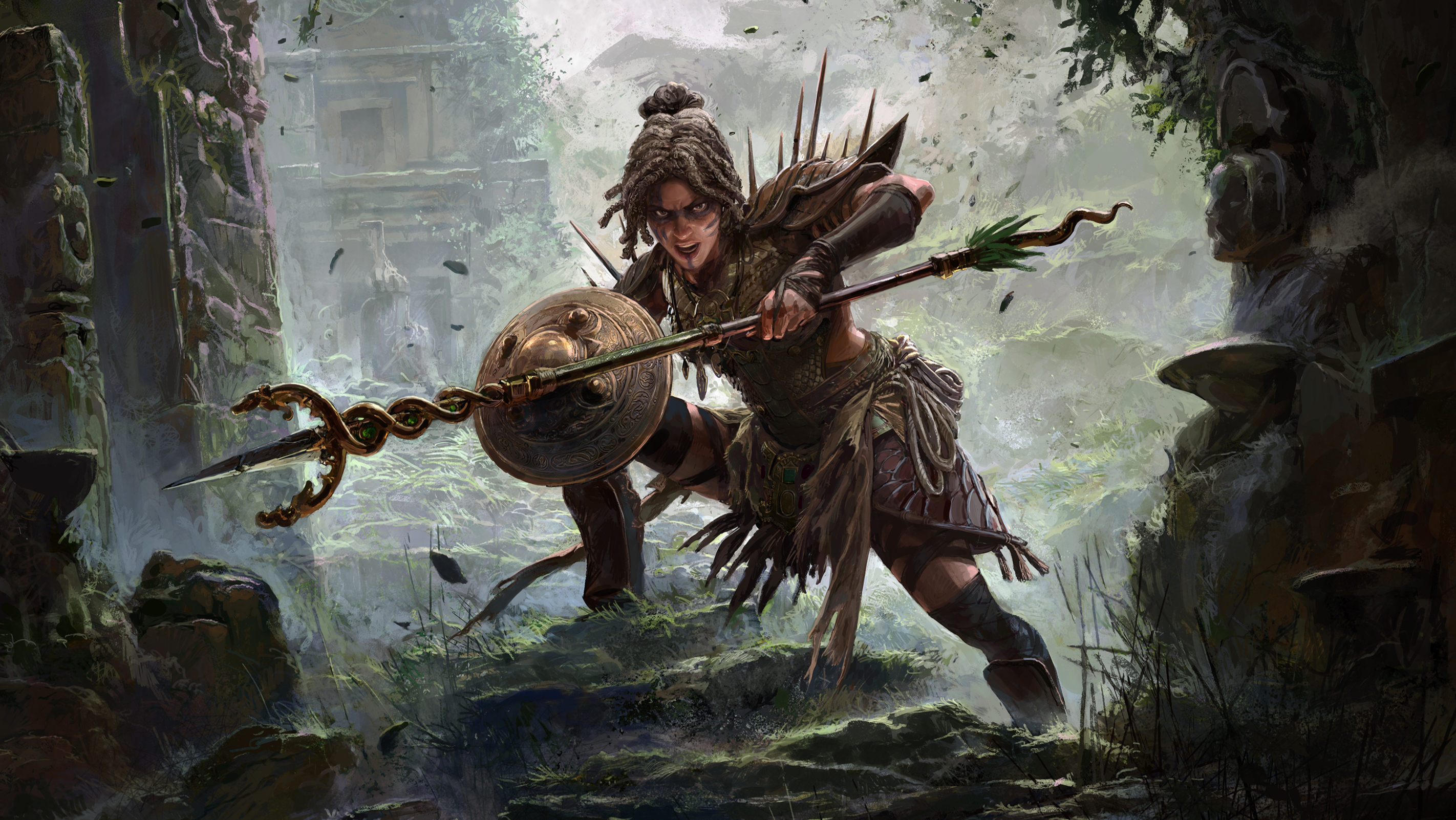
Xbox announced a suite of price hikes to its consoles and accessories, plus a price increase for games to $80 USD confirmed coming later this year. The repercussions of this announcement is seismic and far-reaching in ways we have yet to see, and will have major consequences not just for third-party game prices, but likely PlayStation consoles as well.
It is not an exaggeration to say this is the most expensive gaming has been since the 1990s. Microsoft announced that its lowest tier console, the Xbox Series S with a little over 500GB of storage now costs $380 USD. That’s less than $20 cheaper than a PlayStation 5 Slim Digital Astro Bot bundle on the PlayStation store. The 2TB Xbox Series X is now $729, which is about $30 more expensive than a PS5 Pro.
The Xbox move is on the heels of Nintendo’s Switch 2 announcement, which created waves not only due to the console price of $450 for the Switch 2 itself, but the $80 price tag on certain first-party games like Mario Kart World. Nintendo, which previously priced its games at $60, skipped the $70 mark drawn by Xbox and PlayStation at the start of this generation (which in itself caused huge uproar) and went straight to $80. Now Xbox will follow that lead this holiday when first party Xbox games will also hit that threshold, and it’s hard to believe the price increases will stop there.
Will PlayStation Games Increase to $80?
All eyes are on Sony to see whether it will follow the path led by Nintendo and Xbox, but I’m almost certain it’ll announce price hikes in the coming weeks. The rising cost of manufacturing and the tariffs from the US Trade War means that Sony must raise prices just to deal with the economic realities of the world today.
Hypothetically, even if Sony were less impacted by the tariffs than Microsoft — which is almost certainly the reason why Xbox raised prices — Sony has the more successful hardware, and to not raise prices in the face of competition from both Xbox and Nintendo is leaving money on the table.
But more than console prices, it’s even more certain that Sony will raise the price of its first-party PlayStation games. The company has repeatedly touted the inherent value of its games line-up as a valuable experience worth a premium. There is no world in which Sony views its first-party games as being worth less than Xbox first-party games given their continued critical and commercial success. So if Xbox is raising first-party game prices, I think Sony will too.
There’s even precedent for Sony’s steadfast belief in the value of its first-party IP. The company stood by its decision to release Housemarque’s last game, Returnal, at $70 despite widespread criticism from fans who’ve previously known Housemarque for delivering great-but-smaller experiences direct to digital. Knowing what we know about how much it even costs to make Sony’s biggest first-party games, an $80 price tag feels inevitable.
The Death of Physical Games
Beyond the increase in console and game prices, the price hikes reflect an opportunity for corporations to fast-track something they’ve been working towards for a long time: A move to subscription services and digital games, and the end of physical media.
Digital games and subscription services owned and operated by platform holders like PlayStation and Xbox earn more in revenue than physical media and used game sales. That is why PlayStation and Xbox have made such heavy investments into promoting services like PlayStation Plus and especially Xbox Game Pass. As far as we know, Xbox Game Pass is not receiving a price hike (it did of course go up in price the middle of 2024), and with Xbox games soon to be $80, its value for the price-conscious consumer may as well have increased given the savings subscribing to Game Pass earns compared to buying even a single first-party Xbox game.
As a lover of physical media, I’ve been watching this trend of funneling users towards digital services and sales with dismay, and the price hikes on physical media might take us towards an all-digital future even faster than anticipated by anyone.
What Does This Mean for GTA 6 and Everyone Else?
The handbreaks are well and truly off. Even before the trade war and since the end of the COVID-19 pandemic in 2023, the games industry has had to reckon with declining profits and increasing development costs. Questions around whether the current pricing of games and consoles were sustainable began to circulate among industry insiders and analysts, and they have now manifested in higher costs for consoles like the PlayStation 5 Pro and Switch 2, as well as first-party games.
With first-party companies firmly moving towards raising its prices, the likely final signal to confirm whether this pricing increase is a blip or a permanent move is GTA 6 (when it eventually comes out in 2026).
The idea that Grand Theft Auto 6 could be priced at $100 began as an analyst’s prediction, but quickly gained traction among the wider games industry. After all, with billions of dollars poured into GTA 6’s development, and over a decade of time spent on making the game, Take-Two is looking to maximise profits from what is very easily the most-anticipated game of the decade, perhaps ever. In the past, Take-Two CEO Strauss Zelnick has said games are priced “very, very low” compared to the value they offer.
When Rockstar finally reveals the release date for Grand Theft Auto 6 I’m extremely confident it will cost $80 at the minimum. Of course, that doesn’t mean that everything will cost $80 – games like Helldivers 2 and more recently Split Fiction have proved there’s huge interest in lower priced games that fall just outside the traditional triple-A blockbuster sphere – and many will sacrifice playing a game on day one if it means they can pick it up in a sale a few weeks or months down the line. But one thing’s for sure, prices are only going in one direction in the future and for many of us, that means we’ll have to be a little more choosy over what we buy and play.
Matt Kim is IGN's Senior Features Editor.
